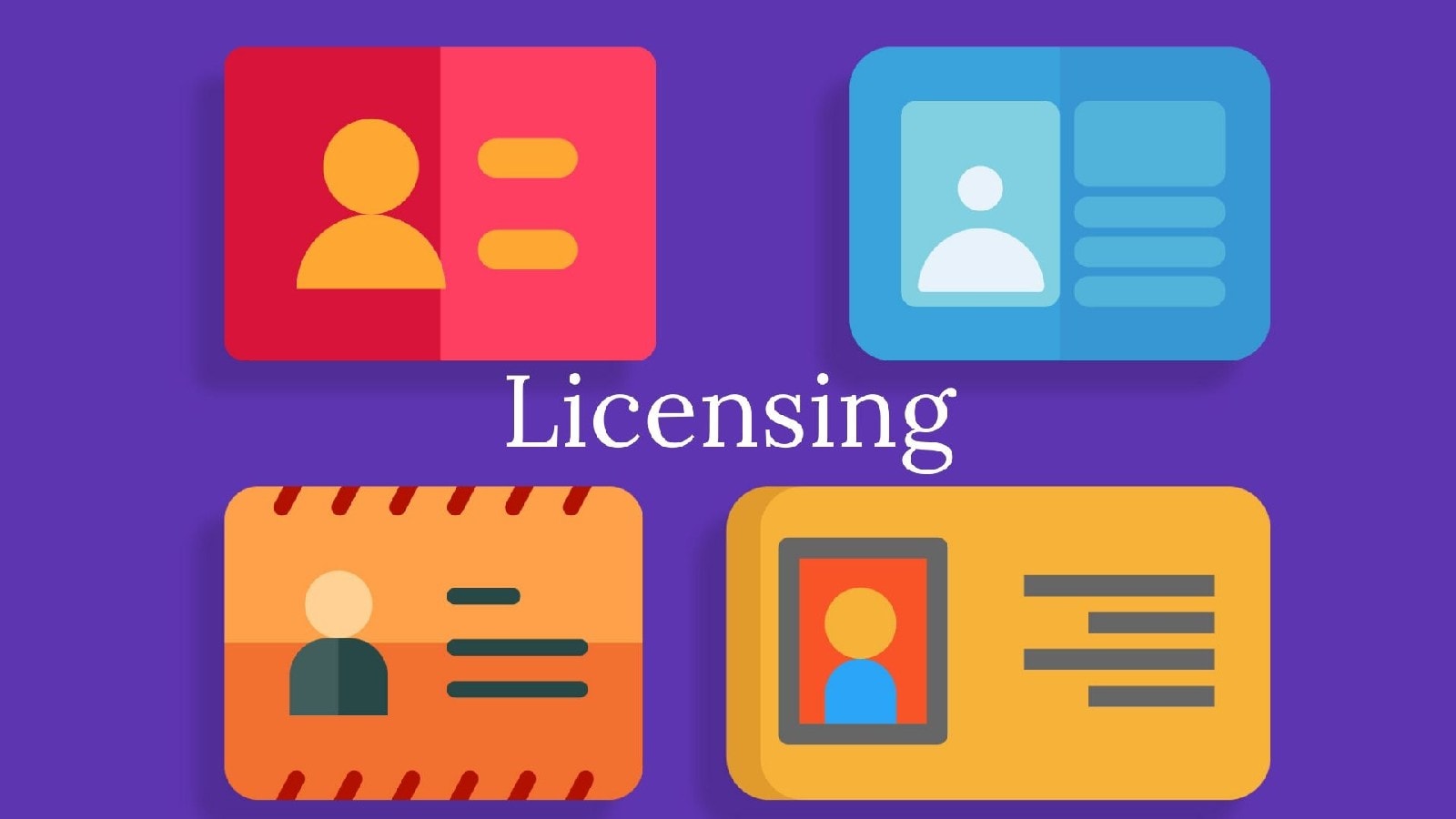SaaS license management is an integral part of managing the increasing number of SaaS applications that organizations use today. With multiple departments and teams using different applications, managing licenses effectively is crucial for controlling costs, maximizing value, and minimizing compliance risks.
What is SaaS License Management?
SaaS license management involves tracking, managing, and optimizing the licenses of all SaaS applications used within an organization. It ensures that licenses are assigned correctly, are not over-provisioned, and are compliant with vendor agreements. Effective license management also helps in avoiding unnecessary renewals and ensures the organization’s SaaS spending aligns with its business needs.
Why is Effective License Management Important?
- Cost Control: SaaS subscriptions can quickly become costly if not carefully managed. Unused or redundant licenses can add up, leading to wasteful spending. Proper license management helps organizations track usage and eliminate unnecessary costs.
- Compliance Assurance: License management is essential for ensuring compliance with software licensing agreements. Failing to comply can lead to penalties, fines, or even legal action. Proper management helps organizations adhere to terms and avoid non-compliance issues.
- Operational Efficiency: Managing licenses effectively allows for better allocation of resources. Employees get the tools they need, and IT teams can ensure there is no underutilization or over-provisioning of licenses.
Key Strategies for Effective SaaS License Management
- Centralize License Tracking: Centralized tracking is critical for maintaining a clear view of all SaaS licenses in use. A SaaS management platform can be used to monitor licenses, ensuring that IT has complete visibility into which licenses are active and who is using them. Recommended Tools: Tools like Zluri, Blissfully, and Torii provide comprehensive SaaS license tracking capabilities, allowing organizations to have a centralized view of all applications and their usage.
- Conduct Regular License Audits: Regular audits are necessary for identifying underused or unused licenses. By auditing the SaaS environment, IT teams can decide whether certain licenses need to be reassigned, downgraded, or canceled. This process ensures that spending is optimized and resources are effectively allocated. Recommended Tools: G2 Track and SaaSOptics help automate license audits and provide insights into application usage, making it easier to manage underutilized licenses.
- Optimize License Assignments: License optimization involves matching users with the appropriate license level based on their needs. For example, some users may need a full-featured version of a tool, while others may only need basic functionality. By optimizing license assignments, organizations can avoid paying for unnecessary features. Recommended Tools: Productiv helps track user engagement with SaaS tools and suggests optimizations for license assignments based on actual usage data.
- Automate Renewal Management: Automated renewal reminders and workflows can help organizations stay on top of upcoming license renewals. This helps prevent service interruptions and provides an opportunity to renegotiate terms or discontinue subscriptions that are no longer needed. Recommended Tools: Zluri and Intello offer features for managing renewal schedules and sending alerts for upcoming renewals.
- Negotiate with Vendors: Negotiating with vendors for better pricing or more flexible licensing options can lead to significant savings. When licenses are managed centrally, organizations are in a better position to negotiate volume discounts or customized pricing based on their usage patterns. Recommended Tools: Vendr is a tool that helps organizations negotiate with SaaS vendors to secure better pricing and favorable contract terms.
Best Practices for SaaS License Management
- Use a Dedicated License Management Tool: A dedicated SaaS license management tool can help track licenses, monitor usage, and optimize spending. Such tools provide a centralized view of all licenses, making it easier to manage renewals, reassign licenses, and identify cost-saving opportunities.
- Establish Clear Policies for License Procurement: Define policies that require all SaaS license purchases to go through IT or a centralized approval process. This helps prevent redundant or unauthorized purchases and ensures that all new licenses meet security and compliance standards.
- Train Employees on License Management: Educate employees on the importance of proper license usage and management. Employees should understand the cost implications of unused licenses and the process for requesting or relinquishing access to SaaS tools.
- Monitor Usage and Reassign Licenses as Needed: Use tools to monitor license usage and identify users who are not actively using their assigned SaaS applications. Reassigning these licenses to new users can save costs and ensure that licenses are fully utilized. Recommended Tools: BetterCloud and SaaS Management by Microsoft provide robust monitoring features to help ensure that licenses are properly utilized and reassigned as needed.
SaaS license management is a crucial aspect of effectively managing an organization’s SaaS environment. By implementing a strategic approach to license management, businesses can control costs, ensure compliance, and improve operational efficiency. Centralized tracking, regular audits, and effective negotiation with vendors are key elements of successful SaaS license management.
Find free tools that make managing your SaaS licenses easier in our article on Top Free SaaS Management Tools.

One response to “Optimizing SaaS License Management: A Strategic Approach”
[…] For a comprehensive strategy for managing your SaaS licenses, refer to our guide on optimizing SaaS license management. […]